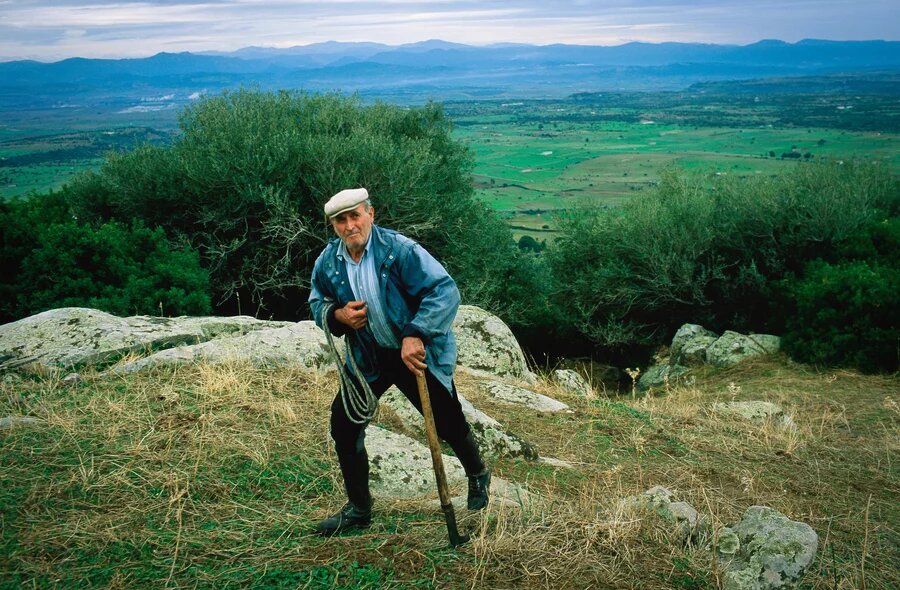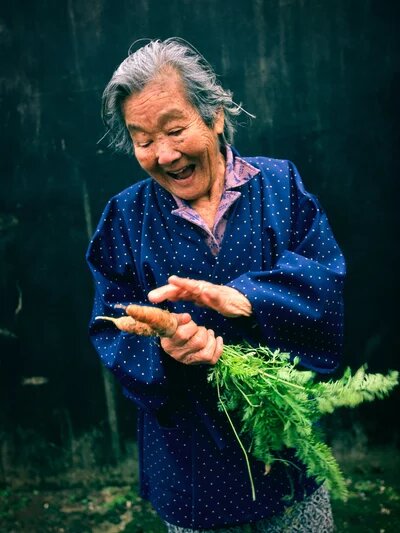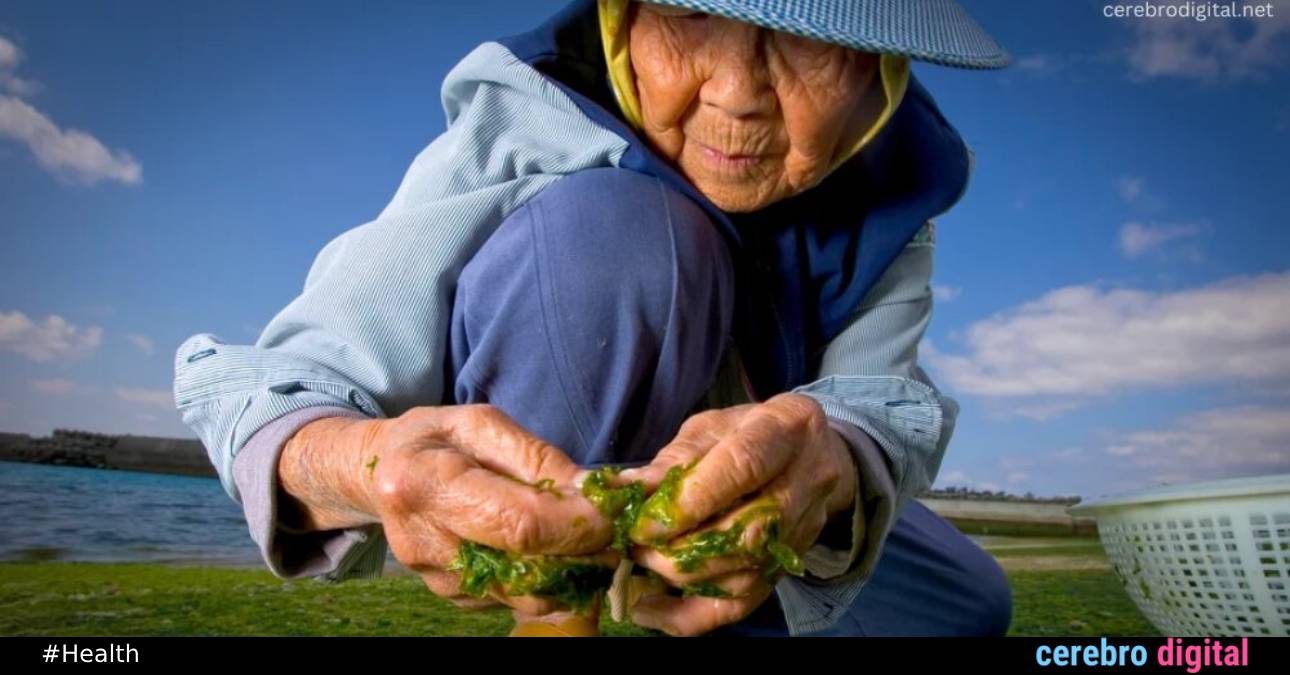Who wouldn’t want to uncover the secrets to a longer and healthier life? The answer might lie in the daily routines of people from “Blue Zones“, regions where individuals not only live longer but also lead healthier and happier lives. Dan Buettner, an explorer and National Geographic member, has spent decades studying these communities. His findings, featured in a Netflix documentary and a complementary book, provide a pragmatic roadmap for anyone looking to exchange old habits for practices that extend life. So, how do these people live, and why do their lifestyles translate into greater longevity? Let’s delve into it.

The setting: a journey to longevity hotspots
Dan Buettner’s research takes us to places like Okinawa in Japan, Ikaria in Greece, and the mountain villages of Sardinia, Italy. These are places where people are three times more likely to reach their centenary compared to Americans. The secret? It’s not just about what they eat or how much they exercise; it’s about a complete lifestyle that promotes health and longevity.

Change 1: From the recliner to the mat and the garden
Movement is life. In these communities, people naturally incorporate physical activity into their daily routines. Whether it’s gardening or simply spending more time on the ground in sitting or squatting positions, these small changes can have a significant impact on their health. By integrating movement into daily activities, such as gardening, sedentary behavior is reduced, and a more active lifestyle is promoted.
Change 2: Ditch fast food, embrace “peasant foods”
You are what you eat. Diets in these regions are predominantly plant-based, rich in whole grains, vegetables, and legumes—homemade meals made with simple and fresh ingredients.
A diet high in processed foods is linked to chronic diseases such as obesity, diabetes, and heart diseases. By opting for fresh and natural foods, essential nutrients are obtained without harmful additives and preservatives.
Change 3: Plant-based focus
Less is more. While the average American consumes around 220 pounds of meat per year, people in Blue Zones consume only about 20 pounds. A plant-based diet is not only good for the planet but also beneficial for your health.

Change 4: Community over loneliness
Together we thrive. Strong social ties and community involvement are common traits among the long-lived. Whether through organized religion or shared interests, being part of a community can add years to your life.
Studies show that strong social relationships can improve mental health, reduce stress, and increase longevity. Loneliness, on the other hand, has been linked to a variety of health problems.
Change 5: Social media detox
Purge your circle. Your social environment, both online and offline, can significantly influence your habits and mental well-being. Choose to connect with people who inspire you and share your values. By curating your online environment to reflect your values and interests, you can improve your mental well-being.
Change 6: The power of naps
Rest to rejuvenate. Forget the afternoon coffee; opt for a 20-minute nap instead. This simple habit can offset an hour of lost sleep and keep you alert for the rest of the day. Sleep is crucial for recovery and cognitive performance. A short nap can enhance alertness, mood, and productivity, compensating for the lack of nighttime sleep.
Change 7: Affordable housing
Home is where health is. Consider moving to a city or town that prioritizes public health and well-being, like Singapore, which has recently joined the Blue Zones list. Living in an environment that promotes health and well-being can have a significant impact on the quality of life. This includes access to healthy food, spaces for exercise, and a strong community.

Conclusion
Blue Zones teach us that there is no magic pill for a longer and healthier life. It’s a combination of various factors: diet, physical activity, social engagement, and mental well-being coming together in a lifestyle that naturally promotes longevity. As modern life continues to evolve, these timeless lessons from the world’s longest-living communities are more relevant than ever.
Note: The original Blue Zones are gradually changing due to urbanization and globalization. However, the basic principles remain scientifically validated and can serve as a guide for anyone looking to improve their quality of life.

